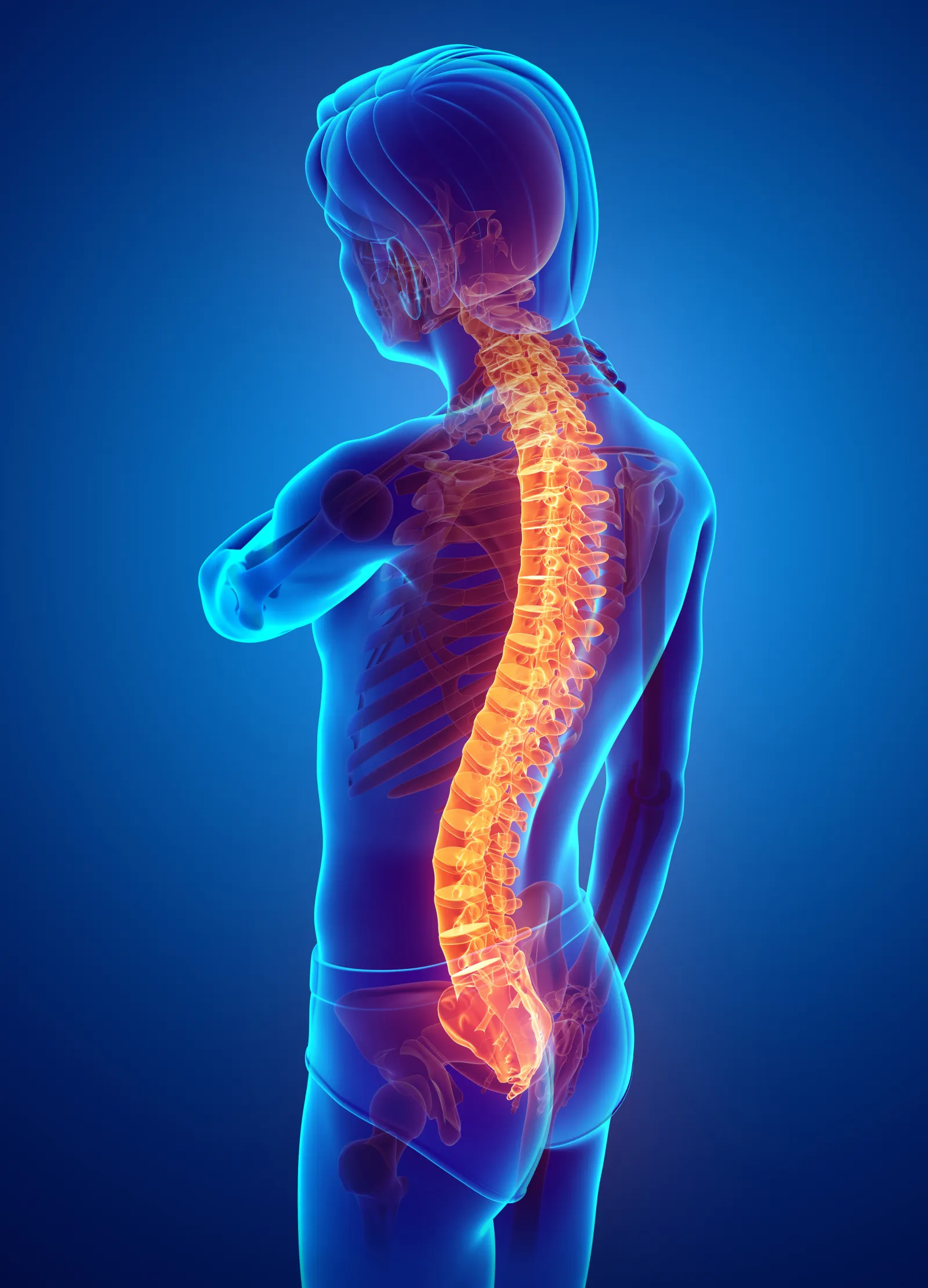
Back and neck pain are, unfortunately, extremely common. While many people develop pain as they age, back and neck pain are also often the result of slips, falls, car accidents, work accidents, or other types of injuries.
At Orthopaedic Specialists of Austin, our doctors offer treatment to relieve back and neck pain and restore more fluid motion. Our goal is to treat pain through non-invasive measures whenever possible, but some of our Austin, TX, patients require surgical treatment. Cervical spine surgery relieves pressure in the spinal cord and improves the spine's stability and alignment to reduce pain. Read on to learn more about cervical spine surgery.
The Cervical Spine
The cervical spine is the upper portion of the spinal column that makes up the neck region. The cervical spine consists of seven vertebrae, known as C1 through C7. Each vertebra is separated by a disc, which is like a small cushion that absorbs shock so that the neck can move freely, without pain.
If discs within the cervical spine shrink with age, bone spurs develop, or an injury causes discs to become herniated, neck movement is likely to be compromised and neck pain develops. Injuries within the cervical spine may also place pressure on the spinal cord, which can damage nerves and lead to numbness or weakness in the arms, hands, or fingers.
When Is Cervical Spine Surgery Necessary?
Many cervical spine injuries can be treated through non-invasive measures, such as rest, medication, injections, or physical therapy. However, some of our Austin patients require surgery. Surgery is likely to be the most appropriate option when:
- More conservative treatment methods have proven ineffective
- The patient is experiencing significant or worsening neurological symptoms
- The patient is having issues with balance, coordination, or walking
- The patient is in good health and free of conditions that could increase the risk of surgical complications
The Procedure
There are several different types of cervical spine surgery. Our doctors personalize each procedure based on the patient's unique needs. No matter what technique is used, the goal of surgery is to properly align the spine, improve stability, and relieve pressure on the spinal cord.
Whenever possible, our doctors perform minimally invasive cervical spine surgery. Minimally invasive surgery relies on endoscopic techniques, which involve the use of a thin surgical instrument that is fitted with a camera. Endoscopic surgery requires smaller incisions and results in a shorter and smoother recovery for patients.
Rehabilitation
Rehabilitation is an important part of the recovery process following cervical spine surgery. Our team of doctors will create a unique rehabilitation plan for each of our patients. Rehabilitation may involve physical therapy or chiropractic care. The goal of rehabilitation is to ease patients back into physical activity and provide exercises and stretches that will encourage proper spine alignment while strengthening surrounding muscles and ligaments.
Contact Us
If back or neck pain is compromising your quality of life and interfering with daily functions, the team of doctors at Orthopaedic Specialists of Austin can help restore comfort and flexibility. To learn more about our services and treatments, send us a message at your earliest convenience, or call (512) 476-2830 to schedule an appointment.
